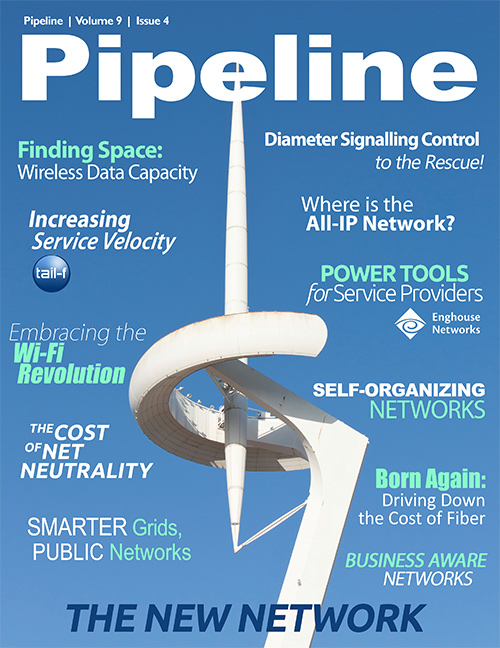Clearfield has developed a new âPushable Fiberâ deployment solution that slashes the cost of fiber deployment. One example of where pushable fiber is a good option is when conduit is maxed out or âexhausted.â
âUsing a push-pull placement method, the rigid construction and small footprint of 10mm ruggedized microduct allowed for its placement into the exhausted duct, Beranek adds. âA total of 700 feet of
duct was placed through 14 floors of the hotel with multiple 90 degree turns, and ELB junction transitioning 1/1/4â to 2â duct was passed utilizing two pull locations. The first pull
location involved a 90 degree turn through which 350 feet of microduct was passed. In addition, the small footprint of the microduct allowed for it to be easily transported to the top floor
allowing gravity to assist in the installation. The placement of the ruggedized microduct was completed within two hours. The 12 fibers were pushed into place in a total of 35 minutes.â
Total costs, including materials was $3,000--about 20 percent of the estimate for traditional methods.
Keith says there are plenty of other innovations on the horizon working to drive down the cost of fiber deployment.
âIsraeli-based TeliSwitch Solutions debuted a new PON automated optical distribution frame (PON-AODF), which enables dynamic changing of split ratios in PONs in order to adapt to service
penetration and meet evolving bandwidth service requirements,â Keith says. âAlso, one part of the fiber network that doesn't get talked about much is the in-home or in-building wiring.
This is especially critical for multi-dwelling units such as condos and apartments. Several years ago, plastic optical fiber (POF) started getting some mind share, as it is much less expensive,
is less fragile than glass fiber, and can be bent more easily in order to fit into constrained spaces, or make âhardâ turns, like, 90-degree bends.â
Solutions like these are good news for network operators faced with shrinking revenues and skyrocketing demands for data bandwidth. Fiber is the future. There's no denying that. The good news is
that there is hope to relieve a bit of the hassle, headacheâand price tagâof doing the job right.
FTTH: Next gen network for the next gen economy
Much is being made in the midst of the economic doldrums being felt particularly across the EU and U.S. about creating an economy built to drive the next generation of industry and the
delivery of next-generation ComIT solutions to both consumers and enterprise. The deployment of fiber and next generation network technology is precisely what will provide the lifeblood of
future economies. Innovation is more than a slogan for politicians, innovation is real, and happening, at the network level.
The largest of the Channel Islands in the U.K., Jersey and it's telco operator, JT Global are betting that ubiquitous fiber will continue to drive the island's large financial industry. The
island potentially has the answer to the future of economic development: Can prosperity be driven by broadband?
At a recent European conference focused on FTTH, Dr Peter Cochrane, an industry technology and operational veteran with more than 40 years of experience, referred to Jersey in his keynote
speech: âOptical Fibre is the only viable choice on any cost, economic, operations and facility, for any future economy. Jersey is punching well above its weight here and putting the Channel
Islands on the map by ensuring that businesses and people can benefit from new digital services ahead of the UK and Europe. JTâs fibre-to the-home roll out and Next Generation Network technology
make the Island an ideal example of how each country in Europe should be progressing, and as the keynote at the FTTH Conference. I was pleased to highlight Jersey as the leading light.â
North America continues to be the leader in FTTH deployment with more than 8 million North American homes with all-fiber connections,and FTTH now being offered to 19.3 million homes on
the continent, according to the Fiber to the Home (FTTH) Council of the Americas.
"The notion that the upgrade to FTTH can be a catalyst for economic development is precisely what is driving this enormous interest in high-speed fiber we are seeing at the community level across
North America," said Heather Burnett Gold, President of the FTTH Council Americas. "Civic leaders in communities of all sizes have a sense that more bandwidth means more opportunities for
economic progress."



















